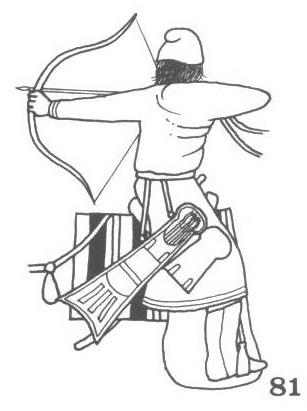
Try Amazon Audible Plus
ALAN CAVALRYMAN
An extract from Armies and Enemies of the Crusades 1096-1291by Ian Heath



81. ALAN CAVALRYMAN
The nomadic Caucasian Alans (also called Ossetians) survived well beyond the close of this period, albeit only in small communities round the Black Sea coastline after their crushing defeat by the Mongols in 1239. Although they could include a large number of infantry their main arm was cavalry and the 14th century Catalan chronicler Muntaner records that the Alans were ‘held to be the best cavalry there is in the East’, which certainly explains why in the Byzantine army they received double the pay of the best native troops.
Archaeological finds prove that they were still principally bow-armed; the Byzantines, who continued to hire Alans in large numbers in the 12th and 13th centuries, usually brigaded them alongside their Turkish troops and used them as skirmishers. Cinnamus records one instance in 1156 when they were brigaded with Georgian troops, and certainly this figure from Daghestan could equally well be a Georgian.
Other equipment would have included sabre, dagger, shield (probably of wicker and/or leather) and a light lance, though finds of spear-heads are comparatively few in number. Most wore little if any armour, but there were at least some heavy cavalry; 3,000 ‘Agulani’ Alans or possibly the neighbouring Albanians - recorded in the Seljuk army at Antioch in 1098 were armoured all over ‘with plates of iron’ (probably indicating lamellar) as were their horses, while mail-armoured Alans are also mentioned during the Mongol conquests.
Their infantry fought principally with a heavy, long-handled battle-axe.
As with most steppe peoples they were accompanied on the march by their families and wagons, forming the latter into the characteristic defensive laager when they encamped and pitching their tents within. They were generally blonde with blue eyes.